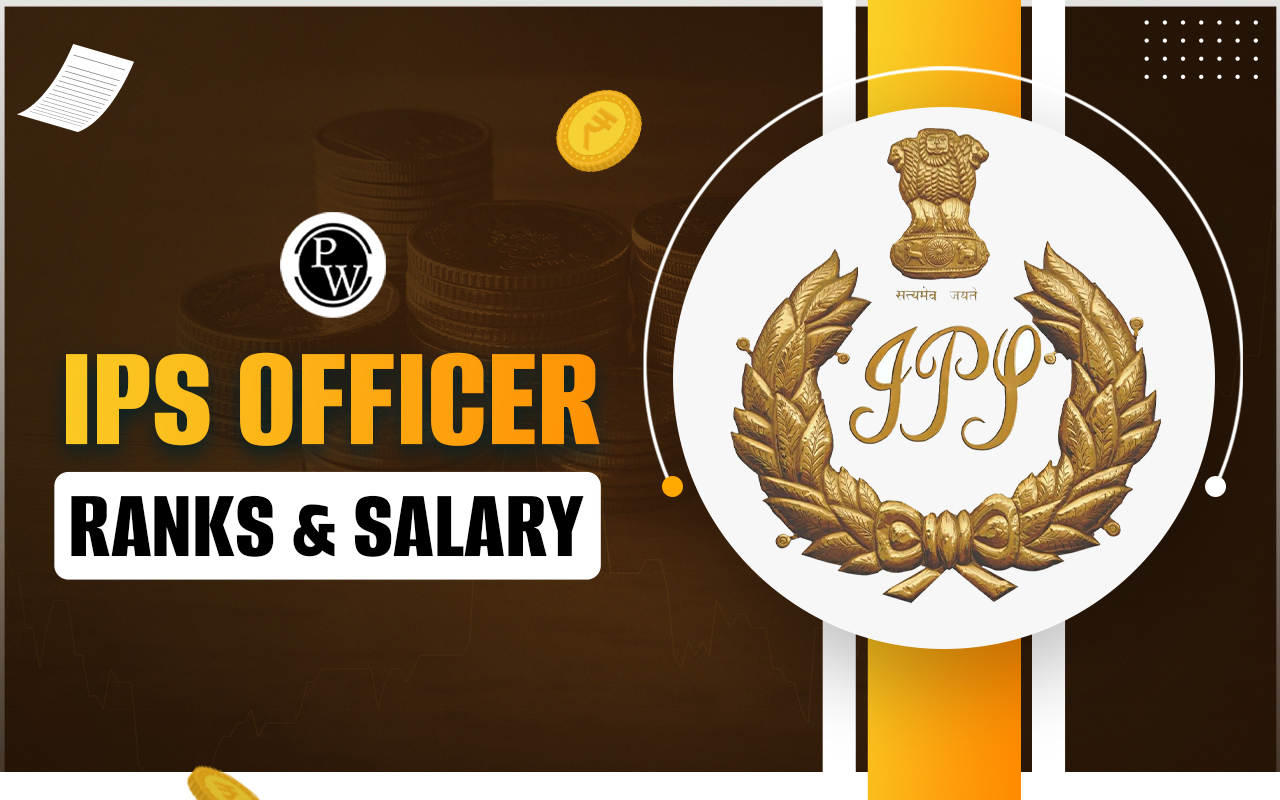
Important battles in Medieval Indian History are events that defined history, influencing political power shifts, administrative policies, and cultural developments. Each battle left a lasting impact, contributing to India's rich heritage.
These battles, fought between dynasties and empires from the 8th century to the 16th century, determined the rise and fall of rulers, influenced administrative systems, and impacted India's historical trajectory. UPSC aspirants must understand these conflicts to get insights into India's past and its transformation.
What Were the Famous Battles in Medieval Times?
Medieval India witnessed several important battles that played a decisive role in shaping its history. These battles were not mere military confrontations but significant turning points that defined political authority, introduced new warfare techniques, and established influential dynasties. These famous battles played several roles:
-
Political Change: Most of these battles resulted in the downfall of established dynasties, leading to the rise of new rulers and empires, such as the Mughals and the Delhi Sultanate.
-
Cultural and Religious Impact: The victories and defeats in these battles led to significant shifts in cultural and religious history, including the spread of Islam.
-
Military Evolution: The tactics and technologies used in these battles, including the introduction of gunpowder and artillery, revolutionized warfare in India and influenced military strategies.
-
Formation of New Alliances: Battles like the Battle of Khanwa led to the formation of new alliances that influenced the future of Indian politics, with significant consequences for regional autonomy and sovereignty.
Also Read: Important Battles in Indian History
List of Important Battles in Medieval Indian History
Here's a chronological list of some of the most important battles in medieval Indian history:
|
List of Important Battles in India’s Medieval History |
|||
|
Battle |
Year |
Between |
Outcome |
|
First Battle of Tarain |
1191 |
Prithviraj Chauhan vs. Muhammad Ghori |
Rajputs won; showcased Rajput military strength but led to the Second Battle of Tarain. |
|
Second Battle of Tarain |
1192 |
Prithviraj Chauhan vs. Muhammad Ghori |
Muhammad Ghori won; marked the beginning of Muslim rule in North India. |
|
Battle of Chandawar |
1194 |
Jaichandra vs. Muhammad Ghori |
Muhammad Ghori won; consolidated his control over North India. |
|
First Battle of Panipat |
1526 |
Babur vs. Ibrahim Lodi |
Babur won; established the Mughal Empire in India. |
|
Battle of Khanwa |
1527 |
Babur vs. Rana Sanga |
Babur won, Consolidation of Mughal power in India |
|
Battle of Chausa |
1539 |
Humayun vs. Sher Shah Suri |
Defeat of Humayun; rise of the Suri Dynasty |
|
Second Battle of Panipat |
1556 |
Akbar vs. Hemu |
Akbar won, Re-establishment of Mughal authority |
|
Battle of Talikota |
1565 |
Vijayanagara Empire vs. Deccan Sultanates |
Deccan Sultanates won; led to the decline of the Vijayanagara Empire. |
|
Battle of Haldighati |
1576 |
Akbar vs. Maharana Pratap |
Mughal tactical victory; continued resistance by Rajputs |
Role Played by Major Battles in Indian Medieval History
Each important battle in medieval India had profound implications, influencing the region's political dynamics, cultural developments, and societal structures.
First and Second Battles of Tarain (1191 & 1192):
The First Battle of Tarain in 1191 saw the Rajput king Prithviraj Chauhan defeating Muhammad Ghori. However, in 1192, Ghori returned, and the Second Battle of Tarain resulted in Prithviraj's defeat. This victory opened the gates for Islamic rule in Northern India, leading to the establishment of the Delhi Sultanate.
First Battle of Panipat (1526):
This battle marked the end of the Delhi Sultanate and the beginning of the Mughal Empire in India. Babur's victory over Ibrahim Lodi introduced new warfare techniques, including the use of gunpowder and field artillery, revolutionizing Indian military tactics.
Battle of Khanwa (1527):
Following his success at Panipat, Babur faced a coalition of Rajput kings led by Rana Sanga of Mewar. The Battle of Khanwa solidified Mughal dominance in India, diminishing Rajput resistance and paving the way for Mughal expansion.
Battle of Chausa (1539) and Battle of Kannauj (1540):
These battles between Mughal emperor Humayun and Sher Shah Suri led to Humayun's temporary exile. Sher Shah established the Suri Dynasty and implemented significant administrative reforms, including the introduction of the Rupiya (silver coin) and improvements in road infrastructure.
Second Battle of Panipat (1556):
After Sher Shah Suri's death, the Mughal emperor Humayun reclaimed the throne but soon died. His son, Akbar, faced Hemu, a Hindu king, at Panipat. Akbar's victory re-established Mughal authority and set the stage for a unified and prosperous empire under his reign.
Battle of Talikota (1565):
The battle involved the Vijayanagara Empire, led by Aliya Rama Raya, against an alliance of four Deccan sultanates: Bijapur, Bidar, Ahmadnagar, and Golconda. The decisive defeat of the Vijayanagar Empire was a crucial turning point in South Indian history. It shifted the region's balance of power, allowing the Deccan Sultanates to rise and dominate culturally and politically.
Battle of Dharmat (1658):
This battle was part of the Mughal succession struggle between the brothers Dara Shikoh and Aurangzeb. Aurangzeb’s victory led to his accession to the Mughal throne.
In conclusion, the battles of medieval India were more than mere conflicts; they were turning points that defined the subcontinent's history. Each battle left a lasting mark, influencing the region's political landscape, cultural evolution, and societal norms.
National Safety Day 2025 FAQs
Why were medieval Indian battles significant?
Which battle led to Mughal rule in India?
How did the Second Battle of Panipat impact Indian history?
Which battle was very important in the Medieval history of India?
How did the Battle of Talikota influence the polity of South India?










